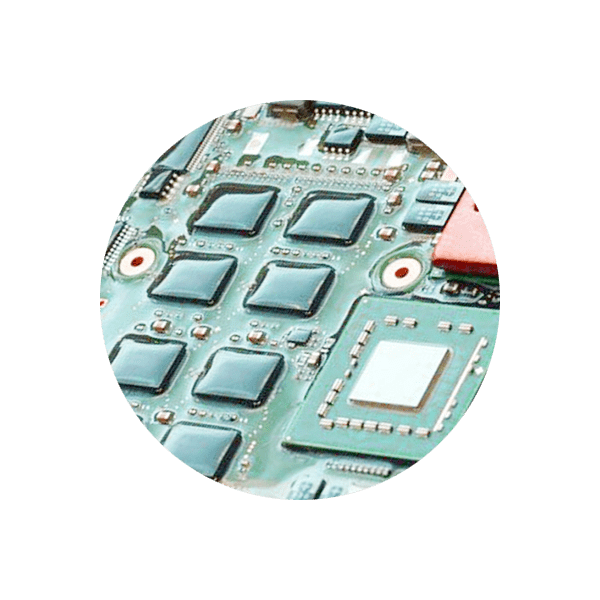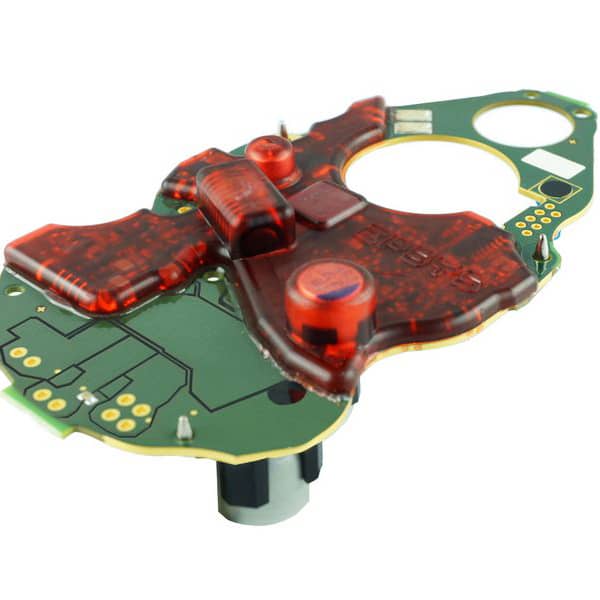Painting and potting
- protection against moisture, for example in the event of condensation
- protection against contamination, e.g. from dust
- especially recommended for outdoor assemblies
- protection of the circuit board against vibrations
- avoid expensive complaints or accidents


Painting circuit boards
When painting the circuit board, the relevant area is first cleaned so that no contamination is included. Even fingerprints or flux residues are "preserved" and could lead to failures later without prior cleaning. When the area is clean and dry, it can be sprayed with paint mechanically and selectively. This works without a mask or additional tools. The painting machine only has to be programmed once. A layer thickness of 20 to 50 micrometers is typically applied. For special applications, the coating thickness can also be 100 micrometers. After a drying phase, the automatic paint inspection takes place. This ensures that any errors are recognized early and no incorrectly painted panels are processed.

Potting circuit boards
Where protective lacquers reach their limits, printed circuit boards or particularly vulnerable sections can be potted. The encapsulation is somewhat more expensive and makes the assembly heavier, but it also offers considerably higher protection. It is particularly necessary when components have to withstand long-term stress, for example when they are exposed to direct water contact for a long time. This also applies if very high temperatures would melt a paint. Protruding contact legs of a THT assembly are protected more reliably by the potting.
The object to be cast is surrounded by a dispenser, which either encompasses the entire printed circuit board or only the component or the subcircuit. In a next step, the dispenser is filled with the potting compound. This happens automatically in a casting booth. Finally, the sealing compound has to harden. Depending on the application and the material used, the cover is soft and stretchy or robust and abrasion-resistant.

